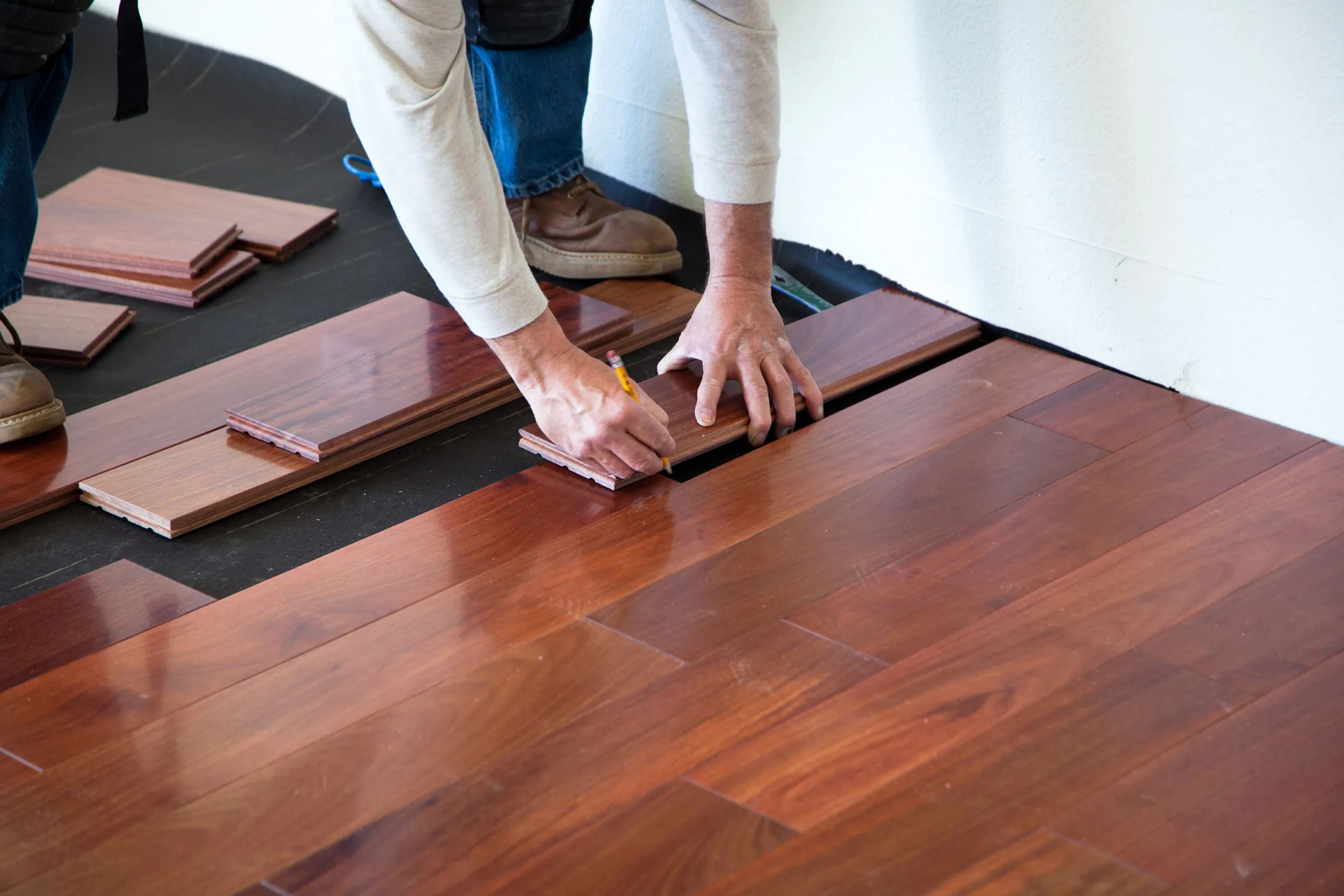Wood flooring has been a practical and popular choice for centuries, and it shows no signs of going out of style. Hardwood floors in particular are desired for their timeless, luxurious appearance as well as their durability and the boost they can give to property value. And with sustainability becoming a key concern across industries, the fact that wood flooring is made from renewable materials gives it a big advantage in the global market.
There are some disadvantages that the wood flooring industry faces as well: while wood may be long-lasting, it’s very susceptible to damages such as scratches and dents, and it’s sensitive to temperature and humidity changes that can make it expand, syhrink, or even crack. Hardwood in particular can therefore be higher maintenance than other flooring types, and it often isn’t used for high-traffic commercial projects where it would experience much more wear and tear than in a residential property. Engineered wood flooring tends to be more durable and is still made from wood materials, although it can be less sustainable depending on what kind of resin or other adhesive is used to manufacture it.
To counteract the downsides of wood flooring, many companies have developed coatings and manufacturing processes to improve durability, and innovations continue to be made by businesses around the world.
Wood Flooring Industry Overview
The global wood flooring industry was valued at over $46 billion last year and is expected to reach $67 billion by 2030. Demand for engineered wood flooring will likely grow at a faster rate than for solid wood, but both types are expected to do well in the coming years. China and the US are among the largest markets in the wood flooring industry, with China alone expected to reach a market size of $13 billion by 2030, growing at a faster rate than the global average. Japan, Canada, and Germany are all significant markets as well. Growing populations, increasing urbanization, and a continuing need for new homes will help drive the market over the coming years.
Innovations in the Wood Flooring Industry
The global flooring industry is a competitive one, with numerous suppliers of both wood flooring and other types of products. In order to stand out and to capitalize on the growing demand for environmentally friendly options, companies are developing longer-lasting, more sustainable, and easier-to-use products. This includes new types of wood veneer, coatings, installation systems, and more.
For example, AHF Products has developed an offering called Dogwood Densified Wood that uses a new process to compress the wood veneer by 30%-50%, more than doubling the hardness of the wood and allowing softer woods to be used when traditionally they wouldn’t hold up well enough to make good flooring materials. Wood veneers made this way are more water- and scratch-resistant than typical hardwood flooring, and AHF is even trialing them for commercial applications.
Flooring technology company Välinge has also developed a compressed durable veneer. Combined with a surface coating to improve hardness and scratch-resistance, Välinge’s products are substantially harder and more durable than hardwood. While the company introduced these products through its Nadura and Woodura product lines almost 15 years ago, it only recently built its own facility to allow it to produce them on a large scale.
The flooring material itself isn’t the only area where innovations are being made, however. Steller Floors, a young but growing business, has developed a floating floor system that is simple to install and uninstall using plastic connectors that aren’t attached to the sub-floor. This enables the wood flooring to expand and contract without any of the issues that might come with traditional hardwood flooring. The Stellar system’s planks are grooved along the edges so that they can snap into the plastic connectors. Planks can be removed with a special suction cup, making it easy to replace individual planks or install elements such as vents and outlets.
Bamboo as an Alternative to Tree Wood
Over the past decade, bamboo has become a highly popular alternative to hardwood flooring. Bamboo flooring has an appearance and appeal similar to hardwood, but with several advantages. It’s strong and flexible, fire- and termite-resistant, durable, and typically use fewer chemicals when made into engineered wood products. It also resists mold and mildew.
Bamboo itself can be considered more renewable than other woods, particularly hardwoods, which grow more slowly and take longer to replace. While trees can take as long as 30 to 60 years to fully mature, bamboo matures in about five years, and can grow up to 100 feet tall — it’s one of the fastest-growing plants in the world. When bamboo is harvested, its root system is left in place, allowing it to grow back faster than if it were removed completely and replanted. Like tree wood, bamboo is biodegradable.
There is one area where bamboo can fall short, however: since it’s produced primarily in China and shipped around the world, its transportation can generate more emissions than locally grown lumber. But like trees, bamboo absorbs CO2 from the atmosphere, helping balance out the emissions required to transport it.
The global market for bamboo engineered wood is worth more than $25 billion and is expected to exceed $40 billion by 2032. Continuing growth in the construction industry and the increasing demand for sustainable building materials are helping drive the market’s growth. Bamboo flooring’s low cost, low maintenance requirements, and the fact that it’s easy to clean all make it an appealing product in the residential sector. It’s also being used for a range of other applications such as scaffolding, roofing, and framing.



